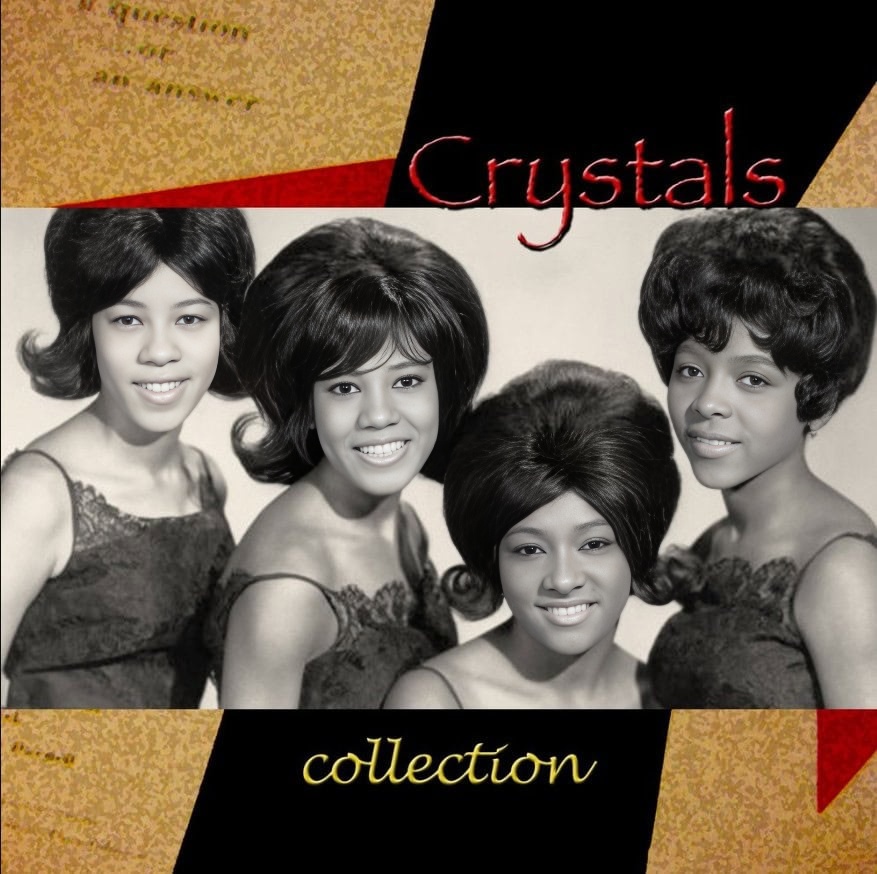
“Uptown,” released in 1962 by The Crystals, is a vibrant and socially conscious pop song that stands out even amongst the girl-group explosion of the early 1960s. The Crystals, a New York-based group initially featuring Barbara Alston, Mary Thomas, Dolores “Dee Dee” Kenniebrew, Myrna Giraud, and Patricia “Patsy” Wright, were known for their powerful vocals and Phil Spector’s signature “Wall of Sound” production, and “Uptown” is a prime example of this collaborative success.
The song, penned by Brill Building songwriters Barry Mann and Cynthia Weil, achieved significant commercial success, reaching number 13 on the Billboard Hot 100. While it didn’t garner any major awards, its lasting impact lies more in its thematic resonance than chart-topping accolades.
“Uptown” departs from the typical romantic themes of many girl-group songs. It paints a vivid picture of socioeconomic disparity, contrasting the harsh realities of life downtown with the perceived glamour and escape found “uptown.” The lyrics describe a man who works tirelessly in a low-paying, demeaning job downtown, but when he returns to his neighborhood “uptown,” he transforms, finding dignity, respect, and love. It subtly touches on issues of class and racial inequality, offering a glimpse into the lives of working-class communities.
The song was lauded because broke with the predominant themes of popular music.
The audience responded positively to the song’s message. Listeners, particularly those from similar backgrounds, connected with the portrayal of resilience and pride in the face of adversity. The upbeat melody, combined with the poignant lyrics, created a powerful and memorable listening experience that resonated with a wide audience, solidifying “Uptown” as a unique and important entry in The Crystals’ discography and a significant cultural artifact of the era. It continues to be recognized as a socially aware pop classic, demonstrating the power of music to address complex social issues.